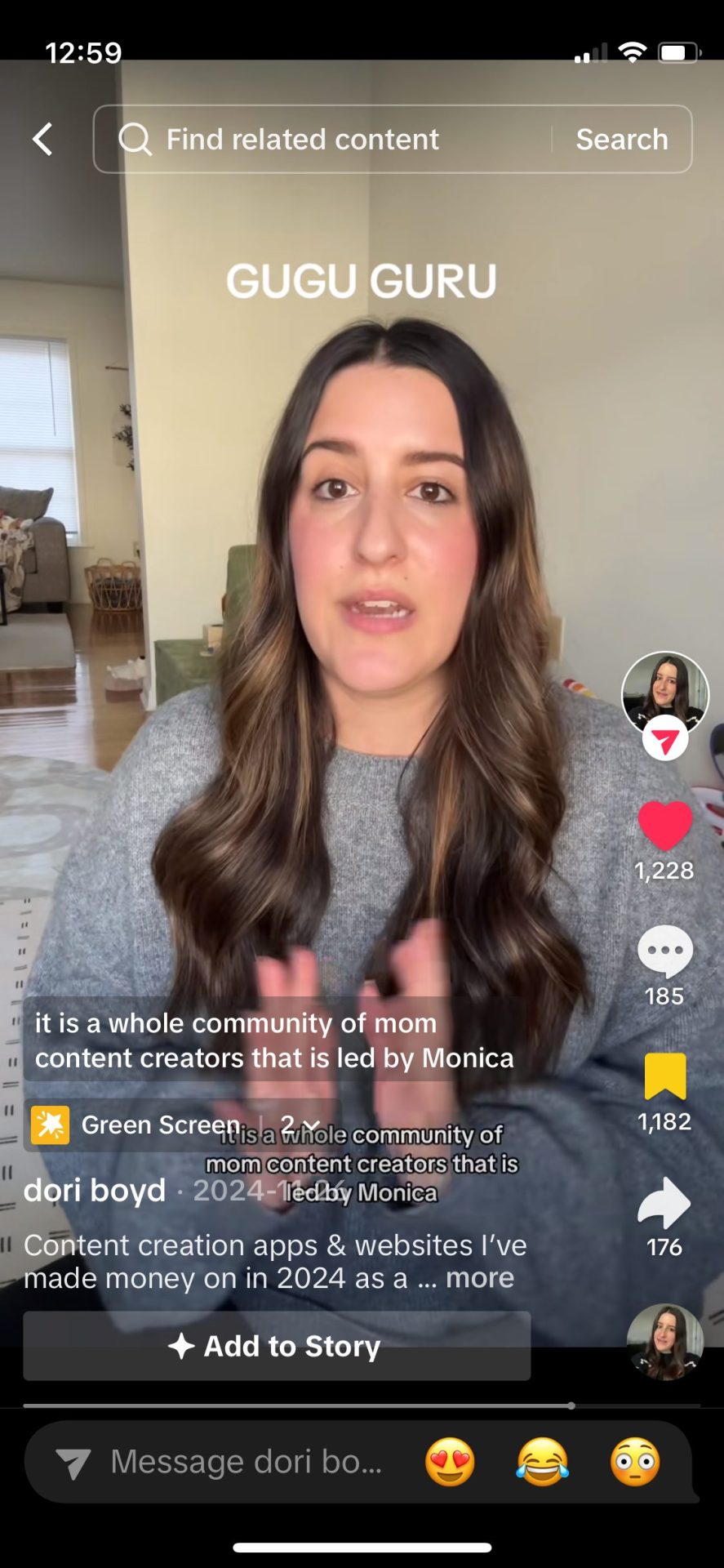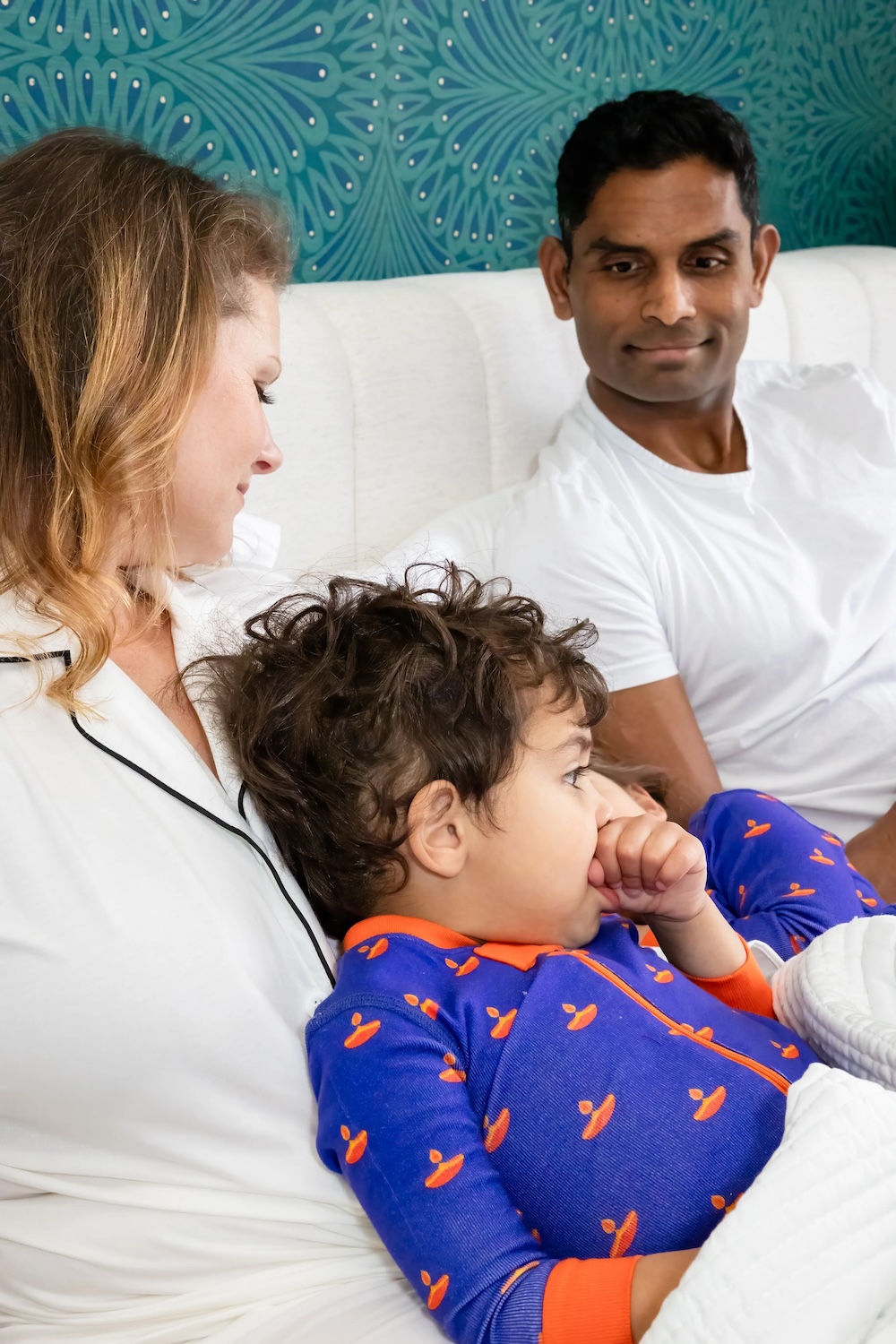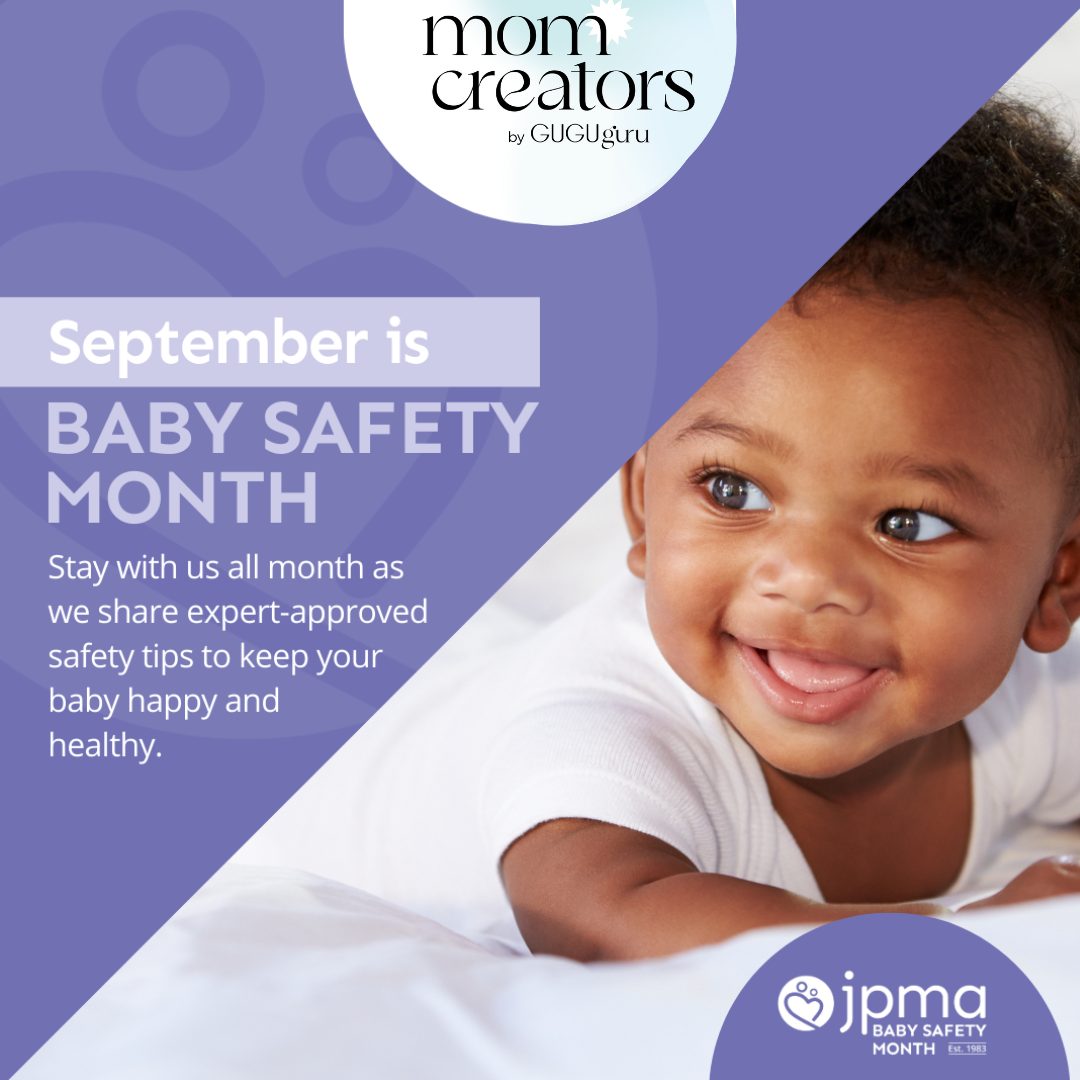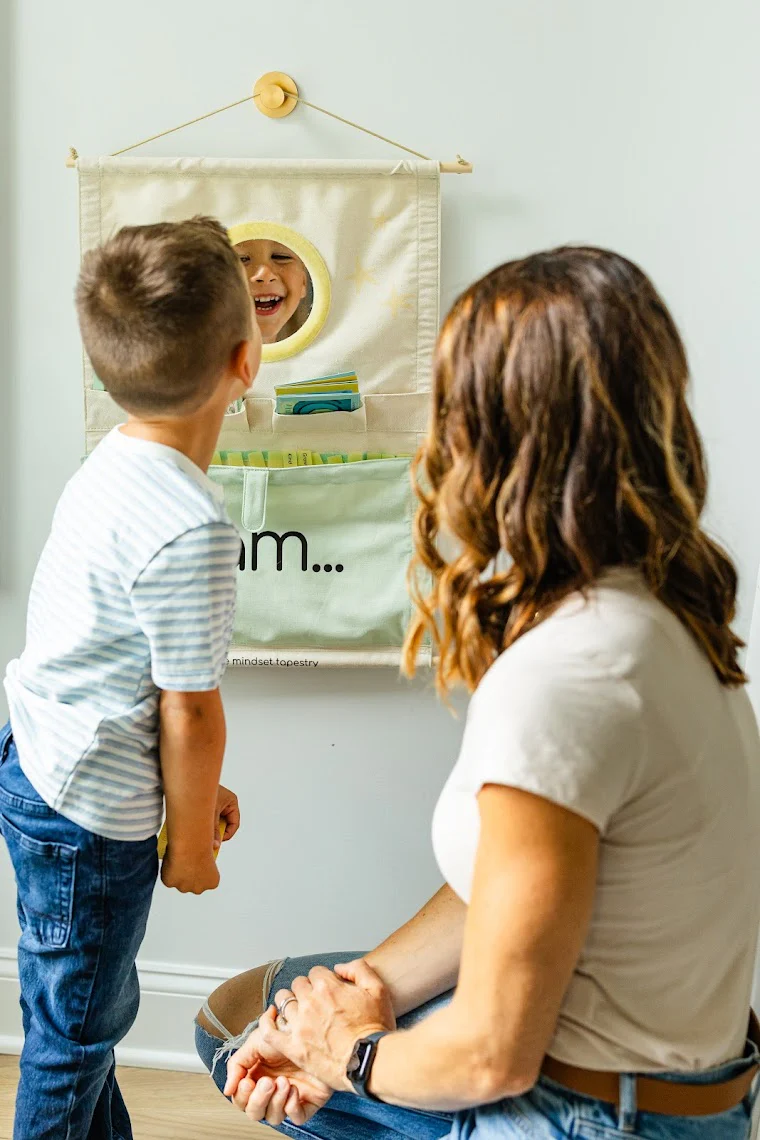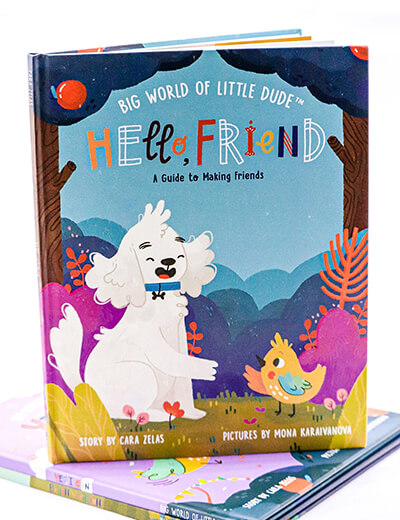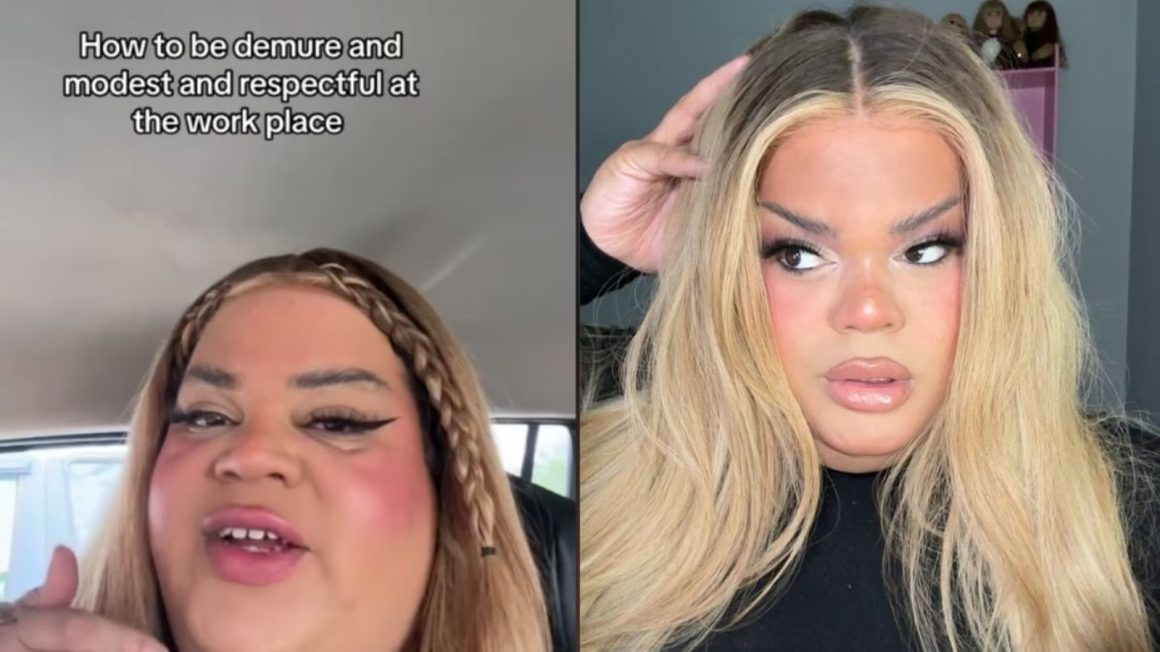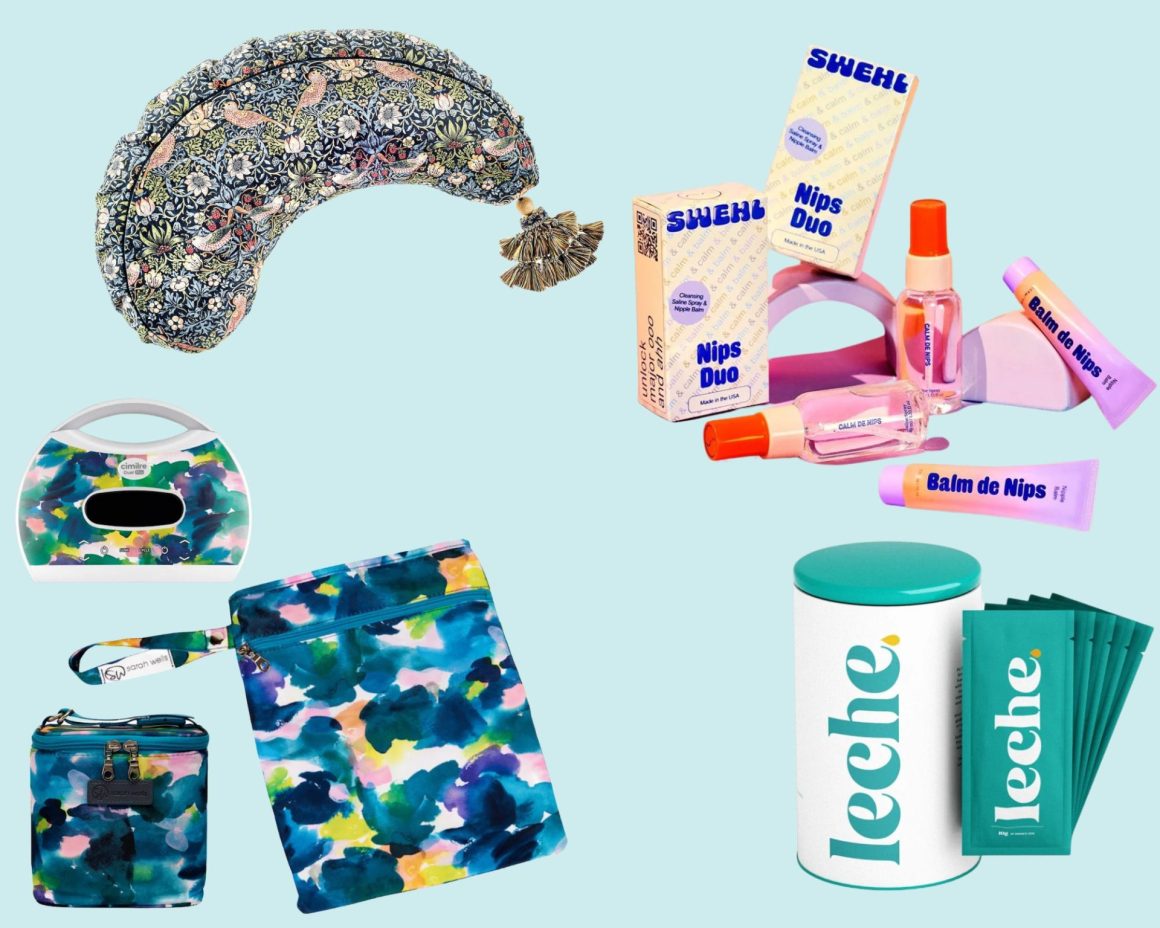The marketing landscape has changed.
The marketing landscape has changed. For mom-focused brands especially, traditional influencer campaigns are starting to feel…flat. The truth is, audiences are craving something deeper than paid posts and polished ads. They want connection. They want community.
At Gugu Guru, we’ve helped hundreds of brands unlock powerful, cost-effective growth by shifting from transactional campaigns to collaborative relationships — with creators and with other brands.
Here’s why collaboration is your brand’s most underrated superpower — and how you can start using it today.
Campaigns Are Short-Term. Collaborations Build Momentum.
The problem with traditional influencer marketing? It’s often one-and-done. You send the product, they post, and then… nothing.
Real collaboration is different. When you partner with mom creators or fellow brands who share your values and your audience, you build trust. You build credibility. You build relationships that continue to generate content, reach, and word-of-mouth — long after the initial post.
Why Collaboration Works for Mom-Focused Brands
- Moms trust other moms. That trust isn’t built in one post — it’s built in community.
- Shared audiences = shared momentum. The right collab lets you tap into another brand’s or creator’s trust equity.
- It’s cost-effective. Many of the most successful collabs we’ve done cost $0 in paid placement — just creative strategy and strong relationships.
- It’s scalable. Once you have a collaboration system, you can rinse and repeat for launches, promos, gifting, and beyond.
Examples of What It Can Look Like
- A handpicked Mom Advisory Panel of creators helping you shape messaging before launch
- A shared giveaway with a like-minded brand where both sides grow their list and social following
- A collab UGC bundle where creators co-create social proof and short-form video content
- A co-hosted event or virtual chat to grow visibility and provide value
Want to Start Collaborating the Right Way?
If you’re ready to move beyond random influencer reachouts and start building real creator and brand relationships, check out:
- The Mom Influence Accelerator – for early-stage brands who want to launch with trusted mom creators
- The Collab Community – a private space where brands and creators match, learn, and grow together
Collaboration is no longer optional — it’s the most effective, human way to grow.
If you’re ready to start collaborating with intention, Gugu Guru is here to help you do it right.

